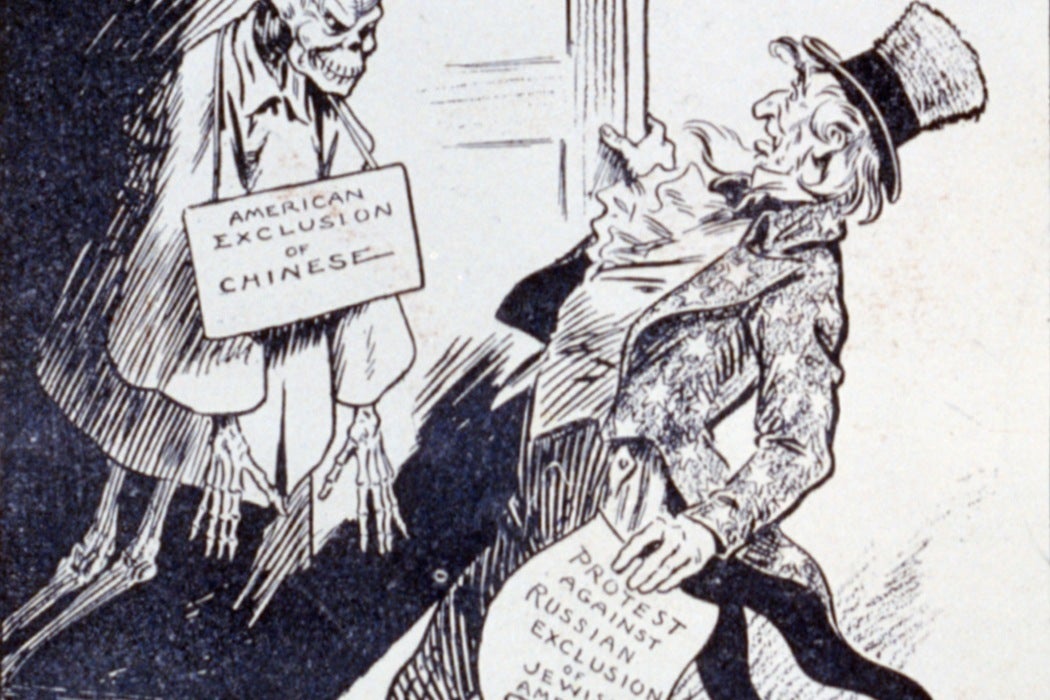Blaming immigrants for crime isn’t anything new in American history. Nor is selectively legislating against and prosecuting immigrants. But how do these minority groups respond?
The case of the Chinese in the American West is a telling example, as Andrea Pugsley detailed in her review of the Arizona Territory, where “the law and law enforcement discriminated against the Chinese; and the Chinese fought back.”
Anti-Chinese sentiment resulted in discriminatory legislation throughout the American West during the second half of the 19th century. The Arizona Territory wasn’t as prohibitive as, say, California with its foreign miners’ tax, but it too targeted legislation against the Chinese who had come to work in its mines.
Arizona also based its constitution on California’s, whose Supreme Court extended a local law which barred any testimony of blacks, mulattoes, and Indians against whites in court to the Chinese as well.
A brief respite came with the Civil Rights Act of 1870. Under this act, all peoples (except Indians) had to be treated equally under the law. This nullified many state and territorial laws restricting the Chinese.
But then pressure against Chinese laborers and businesses led to the Chinese Exclusion Act of 1882, the first of a series of federal laws restricting Chinese immigration. States and territories followed with crack-downs on the Chinese already living within their jurisdictions. Mindful of the U.S. Constitution, these laws weren’t avowedly anti-Chinese, but clearly targeted, or were only selectively applied to, Chinese-Americans.
Laws regulating laundries and opium dens were anti-Chinese in orientation if not in actual wording. The opium regulations, for instance, stood in contrast to regulations regarding saloons, even though alcohol resulted in much more violence. Also, echoing the racial disparity of drug laws in our own time, opium users (white) were treated less harshly than opium sellers (Chinese).
But, as Pugsley showed, the Chinese fought back, determined to use the courts to battle discrimination. They and their lawyers argued that the 14th amendment’s “equal protection” applied to citizens and non-citizens alike; that courts could and should consider the motivations behind the passage of laws, as well as how laws were actually administered. Sometimes they even won their cases.







